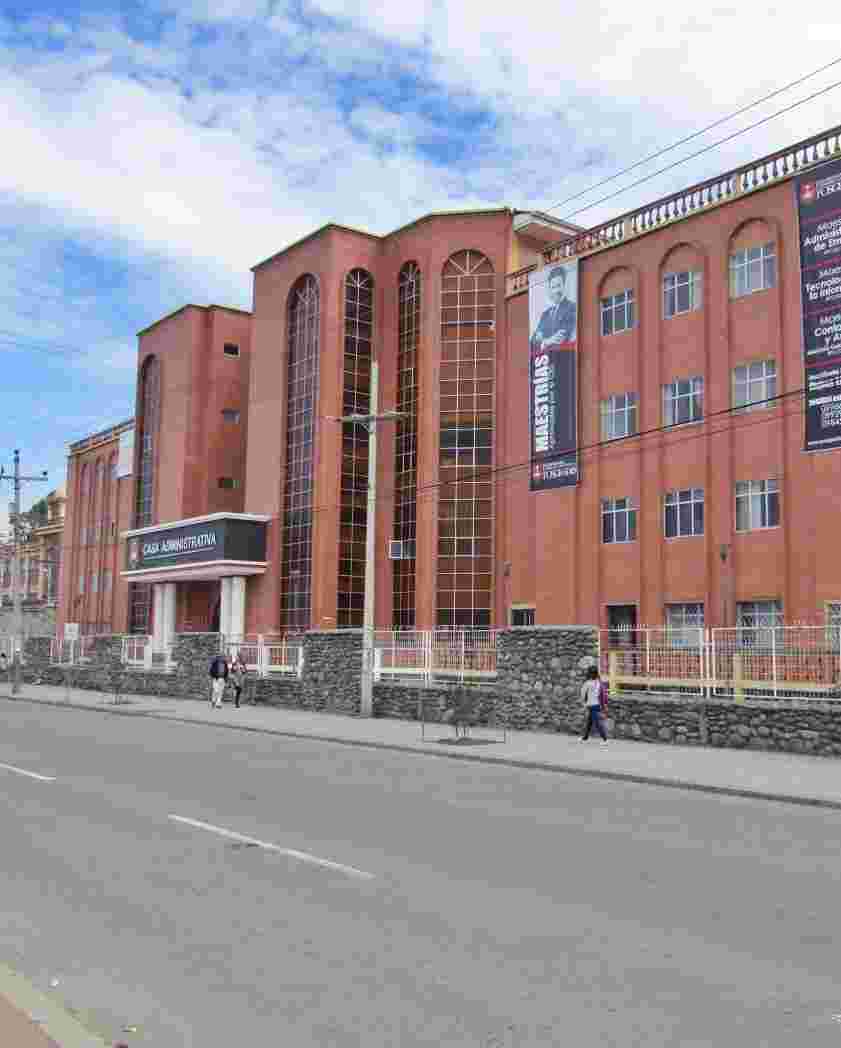Sede Azogues - Odontología
URI permanente para esta comunidadhttps://dspace.ucacue.edu.ec/handle/ucacue/92
Examinar
Examinando Sede Azogues - Odontología por Asesores "Ordoñez Crespo, Paola Alexandra"
Mostrando 1 - 3 de 3
- Resultados por página
- Opciones de ordenación
Ítem Acceso Abierto Efectos Clínicos de la expansión maxilar rápida y lenta en el paciente pediátrico.(Universidad Católica de Cuenca., 2025-06-19) Guerrero Morocho, Erick Eduardo; Ordoñez Crespo, Paola Alexandra; 1726016338; Cardenas, MelissaOBJECTIVE: To analyze the clinical effects of slow and rapid maxillary expansion in the pediatric patient and its impact throughout the therapeutic time. The differences between both techniques were contrasted, and the complications associated with each were identified to present a visual tool to facilitate clinical decision-making. METHODS: Descriptive and observational studies based on the review of 61 academic publications selected from PubMed, Scopus, Cochrane Library, and Google Scholar databases, clinical studies, systematic reviews, meta-analyses, and experimental trials published between 2019 and 2025 were included. Specific inclusion criteria were used to ensure the relevance of the studies. RESULTS: Rapid Maxillary Expansion (EMR) effectively corrects transverse malocclusions quickly, but it presents complications such as dental inclination and the appearance of diastemas. Slow Maxillary Expansion (EML)showed fewer side effects and greater long-term stability, although it requires a longer treatment time. Both techniques presented common complications, such as pain and recurrence, which are adaptable with adequate follow-up. CONCLUSION: Slow Maxillary Expansion (EML) and Rapid Maxillary Expansion (EMR) are techniques used in pediatric patients and both generate positive clinical effects, which improve masticatory function, nasal breathing, better facial esthetics, and correct transverse maxillary development. EMR offers rapid short-term results, but with risks of complications, while Slow Maxillary Expansion (EML) offers more progressive and stable long-term results. Keywords: maxillary expansion, rapid maxillary expansion, slow maxillary expansion, malocclusion, periodontal complicationsÍtem Acceso Abierto Factores de riesgo relacionados al bruxismo de sueño en niños y adolescentes Scoping review(Universidad Católica de Cuenca., 2025-05-05) León Ramón, Celena del Carmén; Valarezo Feijoo, Alexis Jasiel; Ordoñez Crespo, Paola AlexandraIntroduction: sleep bruxism in children and adolescents is a multifactorial disorder that integrates genetic, emotional, physiological and environmental factors. Aim: to systema-tically map available studies on risk factors associated with sleep bruxism in children and adolescents. Methodology: This scoping review included 13 observational studies to sys-tematically map risk factors related to bruxism. Eligibility criteria were articulated to the PCC framework (population, concept, context). Results: The influence of genetic predispo-sition, emotional stress, physiological conditions (such as gastro-oesophageal reflux) and socio-environmental variables such as family dynamics and exposure to electronic devices are highlighted. In addition, disparities were detected in subgroups, such as children with developmental problems or those influenced by recent social transformations, such as the COVID-19 pandemic. Conclusion: Hereditary susceptibility, neurological abnormalities, emotional stress and inadequate sleep environments are among the most important deter-minants. Despite advances in the understanding of this disorder, significant gaps remain in the literature, in terms of longitudinal research and specific subpopulations. KEYWORDS:risk factors, sleep bruxism, children, adolescents, reviewÍtem Acceso Abierto Tratamiento de maloclusiones esqueletales clase II en pacientes en crecimiento. Una revisión bibliográfica.(Universidad Católica de Cuenca., 2025-05-20) Parra Andrade , Andrea Lisbeth; Ordoñez Crespo, Paola Alexandra; 0650528078




